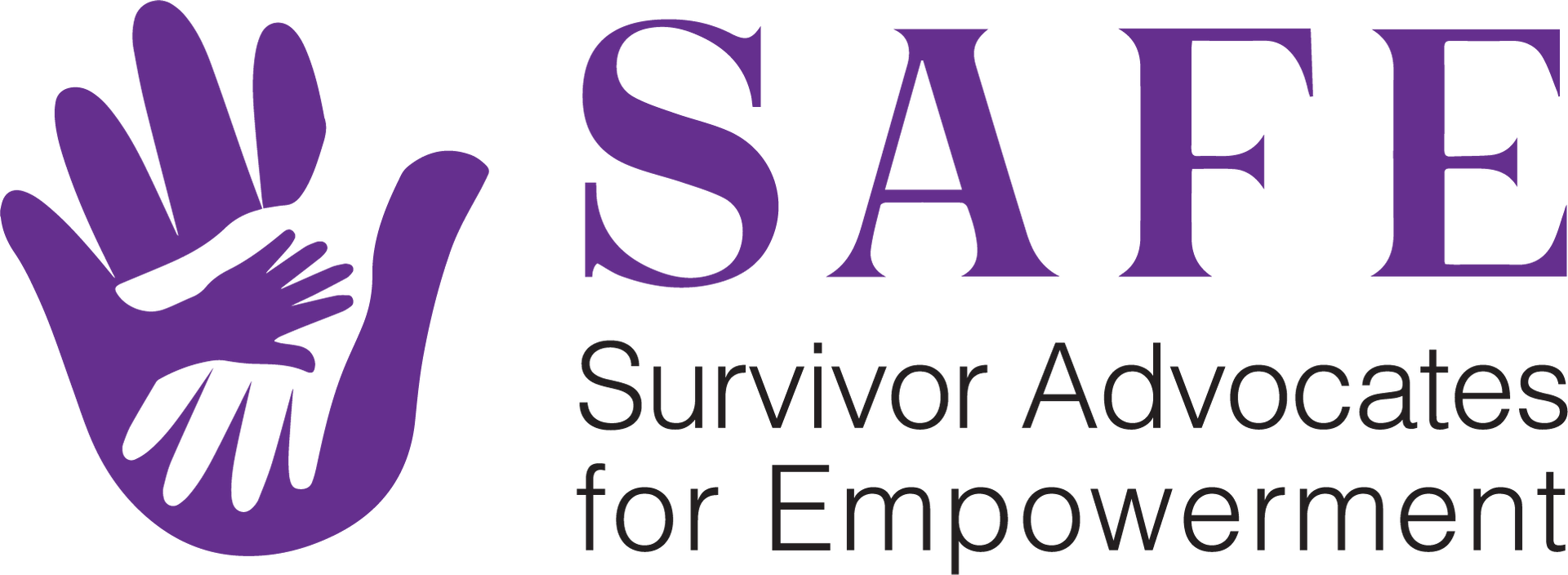SAFE Amplifies Survivor Voices in Community Initiatives
Empowering communities with survivor-led insights to address, prevent, and advocate against gender-based violence.
SAFE Community Services
Many people don’t fully understand the pervasive impact of gender-based violence (GBV), leaving survivors without the support and awareness they deserve. Employers and community organizations often fail to recognize the signs of abuse or create environments where survivors feel safe. Meanwhile, those who want to help may struggle to find resources or understand how to provide meaningful support. Additionally, engaging boys and men as allies in the fight against GBV remains a critical yet under-addressed challenge.
SAFE addresses these pain points through tailored workshops, training programs, and community engagement. Our workshops tackle each of these challenges directly—raising awareness about the epidemic of GBV, teaching employers to recognize signs of abuse and create supportive workplaces, and providing practical resources for those who want to help a loved one or colleague.
We also prioritize engaging men and boys to challenge harmful norms, promote healthy masculinity, and encourage them to become advocates for survivors. By fostering inclusive conversations, SAFE helps build a collective commitment to preventing GBV and supporting survivors.
If you’re looking to make a difference in your community, explore the options we offer to raise awareness, educate, and empower. Contact SAFE today to learn more or to customize a program that fits your needs. Together, we can create lasting change.
For Agencies and Organizations
SAFE integrates with social services programs to bring the survivor’s voice to community initiatives.
For Employers
Empower your workplace: Learn to recognize signs of abuse and create a safe, supportive environment.
For Community Members
Learn about abuse, recognize the signs, support those in need, and discover ways to contribute.
For Victim Families and Friends
Find guidance on supporting loved ones. Learn how to provide understanding, care, and practical assistance.
For Healthcare Providers
Learn to identify abuse, engage compassionately, and provide supportive options for victims without creating fear.
Subscribe to the SAFE Newsletter
Stay connected and inspired by joining our newsletter! Be the first to know about our initiatives, upcoming events, and ways you can support survivors of gender-based violence. Learn how we're making a difference, discover opportunities to engage, and receive updates on important resources and programs. Sign up today and be part of a community creating positive change!
Frequently Asked Questions
What is gender-based violence (GBV)?
GBV refers to harmful acts directed at someone based on their gender, gender identity, or perceived gender. It includes a wide range of abuses such as domestic violence, sexual assault, human trafficking, and more. GBV is rooted in power imbalances and often goes hand-in-hand with control, shame, and fear.
Who can experience GBV?
Anyone can experience GBV, but women, girls, trans, non-binary, and gender-diverse individuals are disproportionately affected. Survivors can be of any age, background, or identity.
What is sexual assault?
Sexual assault is any unwanted sexual contact, including touching, groping, or penetration, without consent. It’s about power and control—not sex or attraction.
Is it still sexual assault if I knew the person or was in a relationship with them?
Yes. Consent must be freely given every time. Being in a relationship or knowing someone does not mean they have the right to your body.
I didn’t fight back—does that mean it wasn’t assault?
No. Many survivors freeze or shut down as a trauma response. Lack of resistance does not equal consent.
What is domestic violence?
Domestic violence is a pattern of behaviour used by one person to gain power and control over another in a relationship. It can be physical, emotional, psychological, financial, or sexual.
Can emotional abuse be just as harmful as physical abuse?
Yes. Emotional and psychological abuse can deeply impact a survivor’s self-worth, sense of safety, and mental health.
Why don’t survivors just leave?
Leaving is not always safe or possible. Survivors may face financial barriers, threats, isolation, lack of support, or fear of losing their children. Every situation is different.
What is human trafficking?
Human trafficking is the exploitation of people through force, fraud, or coercion for purposes such as sex work or forced labour. It is a form of modern slavery.
What does trafficking look like in Canada?
Trafficking can happen in cities, suburbs, and rural communities. Most survivors in Canada are trafficked by someone they know—like a romantic partner or family member—not a stranger.
How do traffickers control people?
Traffickers use manipulation, threats, violence, and emotional abuse to isolate and trap victims. They may also control documents, finances, or access to basic needs.
What should I do if I think I or someone I know is experiencing GBV?
Trust your instincts. You can reach out to SAFE or a local support organization. You don’t need to report to police to access support or to be believed.
Do I have to report to law enforcement?
No. You have the right to choose what’s best for you. SAFE supports survivors whether or not they report to police.
Can I still get support even if the violence happened a long time ago?
Yes. Healing has no timeline. It’s never too late to access support.
How can I support a friend or loved one who is experiencing abuse?
Listen without judgment. Let them share at their own pace. Avoid pressuring them to leave or report. Remind them that what’s happening is not their fault and that support is available when they’re ready. Respect their choices and offer to help find resources if they want them.
What should I say if someone tells me they’ve been assaulted or abused?
You can say things like:
• “I believe you.”
• “You didn’t deserve this.”
• “You’re not alone—there’s help available.”
Most importantly, listen. Don’t try to “fix” it. Just being there can make a big difference.
What are some signs that someone might be experiencing GBV?
They may seem withdrawn, anxious, or fearful. You might notice unexplained injuries, frequent absences, sudden changes in behaviour, or that their partner is controlling or always monitoring them. Trust your gut—if something feels off, it’s okay to gently check in.
What if I’m not sure if what I experienced counts as abuse?
If something doesn’t feel right, it’s valid to talk about it. You don’t need to have all the answers or a label for your experience to reach out. You deserve support just for feeling unsafe or unsure.
I’m scared to ask for help—what should I do?
That fear is valid. You’re not alone in feeling that way. You can reach out in small steps—like texting or messaging a support organization. You can also talk to someone you trust. No one should pressure you to move faster than you're ready.
What kind of support does SAFE offer?
SAFE offers peer support, referrals, workshops, and resources led by survivors. You don’t need to report to access our help. We’re here to walk with you—whether you’re just starting to ask questions or ready to take the next step.
Will I get a tax receipt for my donation?
Unfortunately, not at this time. The process to obtain charity status is currently underway, so we will be able to provide donation receipts for tax deduction purposes once that occurs.
Your donation will help us continue our mission of community engagement through peer support, community referrals, outreach programs and workshops, raising awareness through educational public speaking, consultation with local organizations and governments, active participation in community events, and monitoring community needs all done with the aim to support those in crisis and those who are recovering from crisis. Thank you again for your generosity and allyship.
SAFE’S most important next step is to operationalize our primary program, “Recovery & Beyond”. This program is designed by survivors for survivors, meant to help individuals in crisis or recently out of crisis to identify abusive behaviours, explore emotions, and plan towards long-term healing. Donations in the foreseeable future will be used for this purpose.




